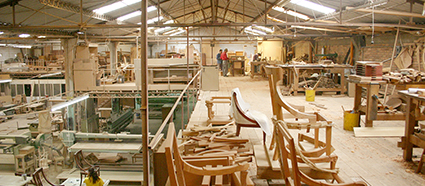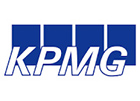Background
The client was two furniture businesses owned by the same CEO. The businesses were both traditional British furniture makers who proudly manufactured in the UK. Combined turnover was £7m. The family of the CEO were very well known and respected in the trade and had been for decades. The CEO was therefore determined to protect the brand names of the businesses and furniture manufacturing in the UK. Both businesses had been struggling and unprofitable as separate businesses and the CEO had purchased the second company with a view to finding cost savings by merging the two businesses (whilst retaining the two brands).
The Brief
The initial brief was to spend a week reviewing current reporting processes and operational systems with a view to preparing a document in which we would set out recommendations on how the business could move forward as one company but two distinct brands. The report would outline the tangible action steps to be taken with a timeframe and who would be accountable for the action.
Within that first week of researching the activities of the business, it’s existing bankers decided that they no longer wanted to continue supporting the two companies and they were put into ‘intensive care’. Reporting accountants were engaged on behalf of the bank and the two companies were given 3 months to find alternative banking arrangements.


























